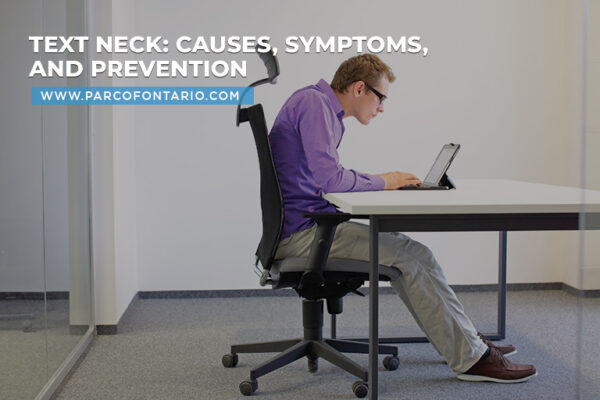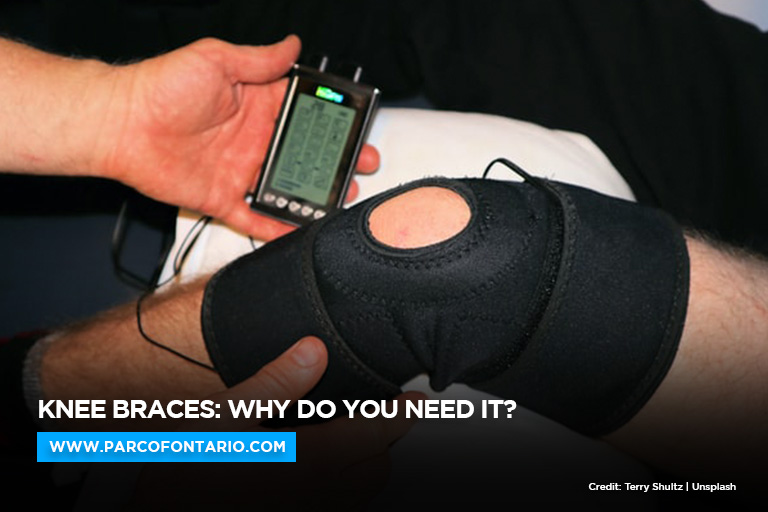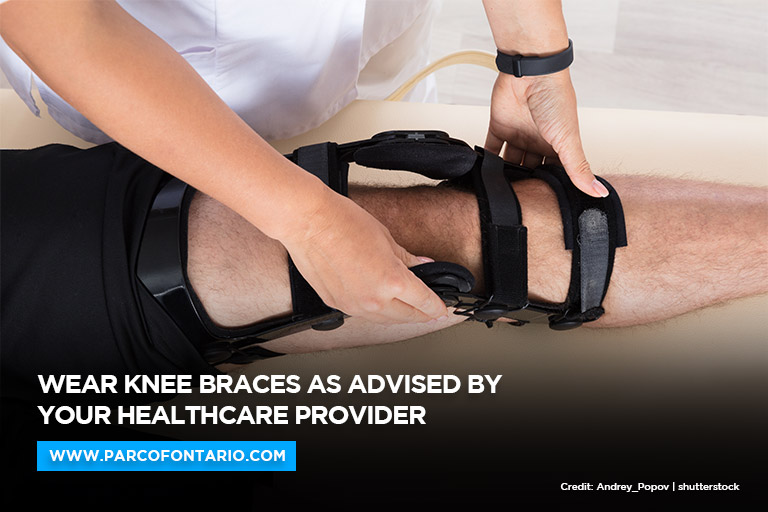
Text Neck: Causes, Symptoms, and Prevention
Many of us spend long hours hunching over our electronic mobile devices and laptops. As we spend more time texting, browsing social media, and reading on our devices, this constant downward gaze…
Read More

Knee braces are commonly used by people who have pain in one or both knees. The knee brace’s purpose is to support the knee and keep it from further injury. Knee braces, however, aren’t just for when you’ve had an injury. Some people also wear knee braces to prevent injury, depending on the types of activities they do.
There are 4 different types of knee braces. The question, however, is do knee braces really work? It depends on the person and situation. Functional and rehabilitative knee braces have been demonstrated to be the most effective. Knee braces must always be worn as advised by your doctor. Make sure to consult your doctor before getting one.
Athletes typically wear patellofemoral knee braces as a result of overuse or damage to their kneecaps or patellar fractures. When athletes or even active persons suffer from patellofemoral pain syndrome, doctors may recommend wearing knee braces to help relieve pain. It allows the kneecap to glide freely over the joint and to rectify the misalignment.
These types of braces are usually used by athletes in contact sports to prevent injuries. The prophylactic knee brace protects the medial collateral ligament from valgus forces to the knees.
Patients who have recently had knee injuries or who have had their knees surgically repaired wear rehabilitative knee braces which limit knee movement and prevent dangerous motions while their knees recuperate from injury or surgery.
Knee braces that are the functional type can help protect the ACL or an ACL graft when recovering from an ACL injury. In essence, functional knee braces provide support to an already wounded knee by improving the knee’s stability.

Athletes aren’t the only ones who suffer from knee injuries. Knee injuries are extremely common, especially among women. The knee is the body’s largest joint, connecting two of the largest bones. It is a complicated structure that is unquestionably the most overworked and stressed joint in the body. The lack of a deep socket at the ends of the tibia and femur leaves the knee vulnerable to injuries such as dislocation, fractures, and tendon or ligament tears.
Those who need to wear braces are the following:
Even mild knee injuries can cause a lot of discomfort due to swelling. Blood and fluids might pool around the damaged location, contributing to an increase in pain. That’s why, when someone is hurt, they’re usually advised to follow the RICE protocol, which stands for rest, ice, elevation, and compression. Because compression is such an important part of knee injury treatment, the knee may be wrapped in elastic bandages when you arrive at the hospital or see your doctor. However, the downside of elastic bandages is that rebandaging can take a long time. This is where knee braces come in handy. It merely has to be worn comfortably, and most knee braces come with small pouches where you can apply a hot or cold compress without having to remove the brace. Knee braces allow a user to undertake some low-stress motions while still preventing inflammation.
If you have a knee injury, your doctor would advise you to use a knee brace as soon as possible. Depending on the severity of the injury, the knee brace can be worn from a week to many months. The rehabilitative knee braces will be worn to provide support for your wounded knee while also limiting movement to prevent any potentially harmful knee motions. A rehabilitative knee brace assists you in walking without putting undue strain on your knees. When people turn or walk, their knees can sometimes turn at an uncomfortable angle, which can be problematic for people who are trying to rehabilitate their knees. As a result, the knee brace’s stiff construction aids to limit knee movements like turning.
Training and the game itself might be difficult. As a result, players use knee braces to protect their knees from injury. In fact, when compared to rehabilitative goals, the preventative use of knee braces is the most popular. Athletes and even others who live an active lifestyle wear knee braces to keep their knees from popping out of joint or twisting in an unusual way. Although they can still experience injuries while wearing knee braces, it reduces their chances of sustaining injuries that will keep them out of service.
Moving can be quite painful and inconvenient for people who have arthritis. Knee braces are worn because they might help redistribute weight away from the knees. It makes it easier for them to walk and move around. Osteoarthritis is a condition that primarily affects the elderly. This type of arthritis can result in knee malalignment. The knees can become brittle with time, and people with this condition may experience unsteady knees when walking or standing. The knee braces help to stabilize the knee, allowing individuals to walk around with more confidence.

There are many reasons you may be required to wear knee braces. Your doctor will suggest what kind of knee brace would be best and also where to buy the right knee braces so always consult a doctor beforehand. Knee braces often have to be customized to fit a person well while also taking into consideration the injury sustained. Always get a consultation and a recommendation before you purchase a knee brace to prevent worsening the injury. Always seek the advice of a professional.
If you need custom knee braces in Oshawa, or you would like to speak to someone you can trust, contact us at the Physiotherapy and Rehabilitation Centre (PARC) of Ontario at 905.579.9938, or email us at info@oshawaphysio.com.